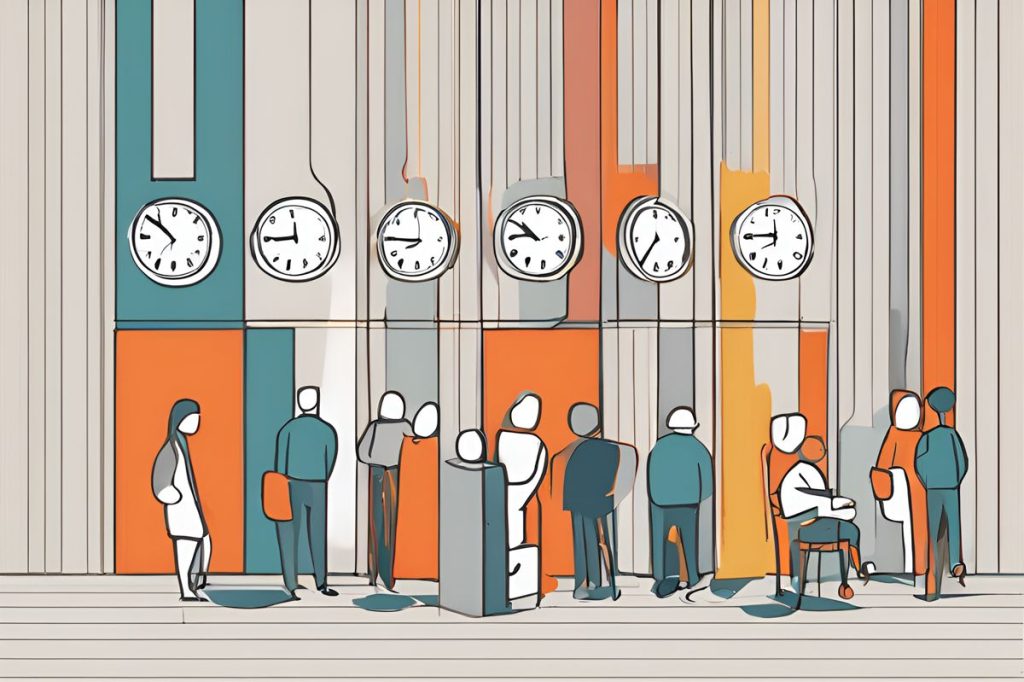Daylight Saving Time in the European Union begins on March 31, 2024, at 3 a.m. local time, with clocks “springing forward” by one hour. This adjustment extends daylight hours into the evening until clocks revert to standard time on October 27, 2024.
When does Daylight Saving Time start in 2024 in the European Union?
Daylight Saving Time (DST) in the European Union starts on March 31, 2024, when clocks are set to “spring forward” by one hour at 3 a.m. local time. This adjustment extends evening daylight hours and lasts until October 27, 2024, when clocks revert to standard time.
A Timely Transition
The annual shift known as Daylight Saving Time (DST) signals a change in our daily routines. As the calendar turns to March 31, 2024, we prepare to “spring forward” and adjust our clocks. This significant yet often disputed practice is adopted across the European Union, and this year the clocks will move one hour ahead at precisely 3 a.m. on a Sunday. This adjustment means that the dawn of a new day comes earlier and evenings stretch longer under the sunlight. The change is not permanent, however; come October 27, 2024, we will revert to standard time.
This practice, first implemented during World War I to save energy, has since become a staple in over 70 countries worldwide. The implications of DST are far-reaching, impacting various spheres from agriculture to business, and even our health. Studies have shown that the transition can affect our circadian rhythms, but the extra daylight in the evenings also encourages outdoor activity, potentially boosting physical health and local economies.
A Uniform Practice in the EU
Within the European Union, DST provides a synchronized schedule that aids in the coordination of transportation, business transactions, and even broadcast programming. The harmonization of time changes is crucial for smooth operation within the single market, though it has been a topic of debate among member states. Despite varying opinions and some calls for the abolishment of DST, the current practice continues to be observed across the continent.
It’s worth noting that the concept of DST is not universally accepted or observed. Countries near the equator, where sunrise and sunset times do not vary significantly throughout the year, usually do not adjust their clocks. Similarly, some countries have chosen to abolish DST due to its negligible impact on energy savings in the modern era and the potential disruptions it can cause.
Adapting to the Change
Adjusting to DST can be a challenge for many, as losing an hour of sleep on the transition night is not trivial. It’s advisable to prepare for the switch by gradually adjusting bedtime a few days prior. This gradual shift can help mitigate the impact on our sleep-wake cycle, making it easier to wake up refreshed even after the clock jumps forward.
Moreover, the change in time affects various sectors differently. Airlines, for example, must update schedules and inform passengers of the new times, while technology companies ensure that devices adjust automatically to avoid confusion. Public service announcements and reminders play a vital role in ensuring that the transition is as seamless as possible for everyone involved.
Europe’s Unified Daylight Saving
As the continent embraces longer days and shorter nights, it’s a reminder of the dynamic nature of time and our shared practices. While DST brings a brighter evening sky, it also brings a call for adaptation and resilience from its citizens. Europe continues to evolve in its collective approach to timekeeping, with Daylight Saving Time serving as a testament to the region’s ability to coordinate and adjust in unison, despite the intricacies and occasional hurdles the practice entails.
When does Daylight Saving Time start in 2024 in the European Union?
Daylight Saving Time (DST) in the European Union starts on March 31, 2024, when clocks are set to “spring forward” by one hour at 3 a.m. local time. This adjustment extends evening daylight hours and lasts until October 27, 2024, when clocks revert to standard time.
Why was Daylight Saving Time implemented?
Daylight Saving Time was first implemented during World War I to save energy by extending daylight hours into the evening. It has since become a practice in over 70 countries worldwide, impacting various sectors from agriculture to business operations.
How does Daylight Saving Time affect our health?
The transition to Daylight Saving Time can disrupt our circadian rhythms due to the sudden change in sleep patterns. However, the extended daylight in the evenings can encourage outdoor activity, potentially benefiting physical health and local economies.
Is Daylight Saving Time observed globally?
Daylight Saving Time is not universally observed, especially in countries near the equator where daylight hours remain consistent throughout the year. Some countries have also chosen to abolish DST due to its minimal impact on energy savings and the disruptions it can cause.

